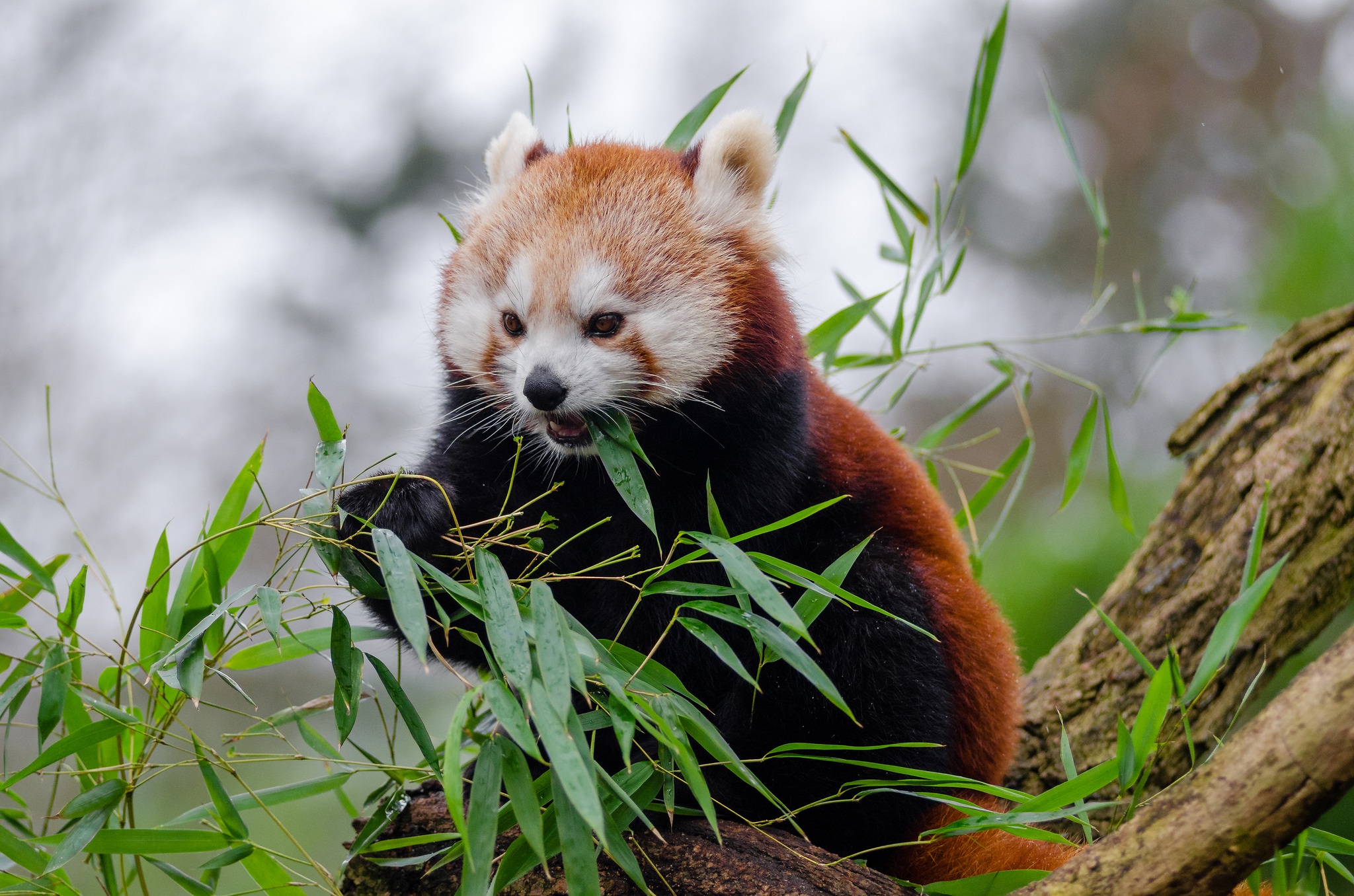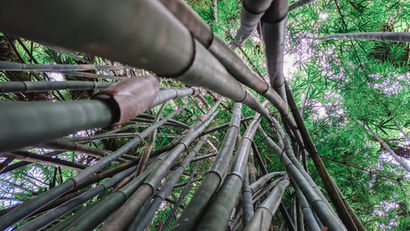In the face of escalating deforestation, forest degradation, and the looming threat of climate change, bamboo and rattan emerge as unsung heroes in the quest for sustainable solutions. Despite not being classified as trees—bamboo being a grass and rattan a climbing palm—these versatile plants play a crucial role in preserving biodiversity within forests worldwide. Recent research conducted by the International Bamboo and Rattan Organisation (INBAR) and the Royal Botanic Gardens, Kew, has identified over 1600 bamboo species and 600 rattan species, spanning Africa, Asia, and the Americas.
A Source of Life for Flora and Fauna
Bamboo and rattan serve as vital sources of sustenance and shelter for a plethora of wildlife, including several endangered species. The iconic giant panda, with its bamboo-centric diet of up to 40 kg per day, is just one example. Beyond pandas, creatures like the red panda, mountain gorilla, Indian elephant, South American spectacled bear, ploughshare tortoise, and Madagascar bamboo lemur all depend on bamboo for nourishment. Rattan fruits contribute essential nutrition to various birds, bats, monkeys, and the Asian sun bear.
In addition to sustaining wild animals, bamboo proves to be an essential source of fodder for livestock, offering cost-effective, year-round feed for cows, chickens, and fish. INBAR’s research showcases how a diet incorporating bamboo leaves enhances the nutritional value of feed, thereby increasing cows’ annual milk production in regions like Ghana and Madagascar.
Crucial Ecosystem Services
A 2019 report by INBAR and CIFOR highlights the diverse and impactful ecosystem services provided by bamboo forests, surpassing those of grasslands, agricultural lands, and degraded or planted forests. The report emphasizes bamboo’s role in offering regulating services, such as landscape restoration, landslide control, groundwater recharge, and water purification. Furthermore, bamboo contributes significantly to supporting rural livelihoods, making it an excellent replacement in plantation forestry or degraded lands.
One noteworthy ecosystem service of bamboo is its ability to restore degraded land. The extensive underground root systems of bamboo bind soil, prevent water run-off, and survive even when the above-ground biomass is destroyed by fire. Projects supported by INBAR in places like Allahabad, India, have demonstrated a rise in the water table and the transformation of a previously barren brick-mining area into productive agricultural land. In Ethiopia, bamboo is a priority species in a World Bank-funded initiative to restore degraded water catchment areas, encompassing over 30 million hectares globally.
A Sustainable Source of Livelihood
Bamboo and rattan, being fast-growing and self-regenerating resources, act as preventatives against deforestation and the associated loss of biodiversity. Their rapid growth and high culm density enable bamboo forests to supply more biomass than both natural and planted forests, making them invaluable for food, forage, timber, bioenergy, and construction materials. Rattan, as a swiftly replenishing plant, can be harvested without causing harm to trees.
The fusion of biodiversity protection and poverty alleviation is evident in initiatives like INBAR’s Dutch-Sino-East Africa Bamboo Development Programme. By planting bamboo in the buffer zones of national parks, this program not only provides local communities with sustainable construction material and handicraft resources but also safeguards the habitats of local mountain gorillas.
Another INBAR project in Chishui, China, focuses on revitalizing bamboo craftsmanship. Working in conjunction with UNESCO, this initiative supports sustainable livelihood activities using fast-growing bamboo as an income source. Chishui, a UNESCO World Heritage site, imposes strict restrictions to preserve its natural environment, and bamboo emerges as a key element in promoting both environmental conservation and economic well-being.
INBAR’s Role in Promoting Sustainable Practices
Since 1997, INBAR has championed the significance of bamboo and rattan for sustainable development, including forestry protection and biodiversity conservation. Notably, the organization played a pivotal role in the development of China’s national bamboo policy, providing recommendations through projects like the Bamboo Biodiversity Project.
Currently, INBAR is engaged in mapping bamboo distribution globally, offering training programs to thousands of beneficiaries annually from its Member States to promote better resource management. As an Observer to the UN Convention on Biological Diversity, INBAR actively advocates for the inclusion of bamboo and rattan in national and regional biodiversity and forest planning.
In essence, bamboo and rattan emerge as dynamic allies in the fight against deforestation and biodiversity loss. These plants, often overlooked in forestry policies due to their non-tree classification, showcase their potential as powerful tools for sustainable development and environmental conservation. The intricate dance between these resilient plants and the ecosystems they inhabit exemplifies nature’s ability to provide solutions when given the chance.
Post time: Dec-10-2023










